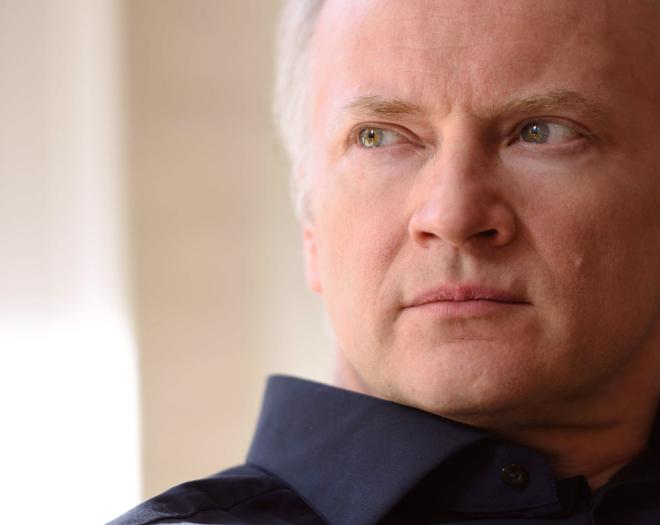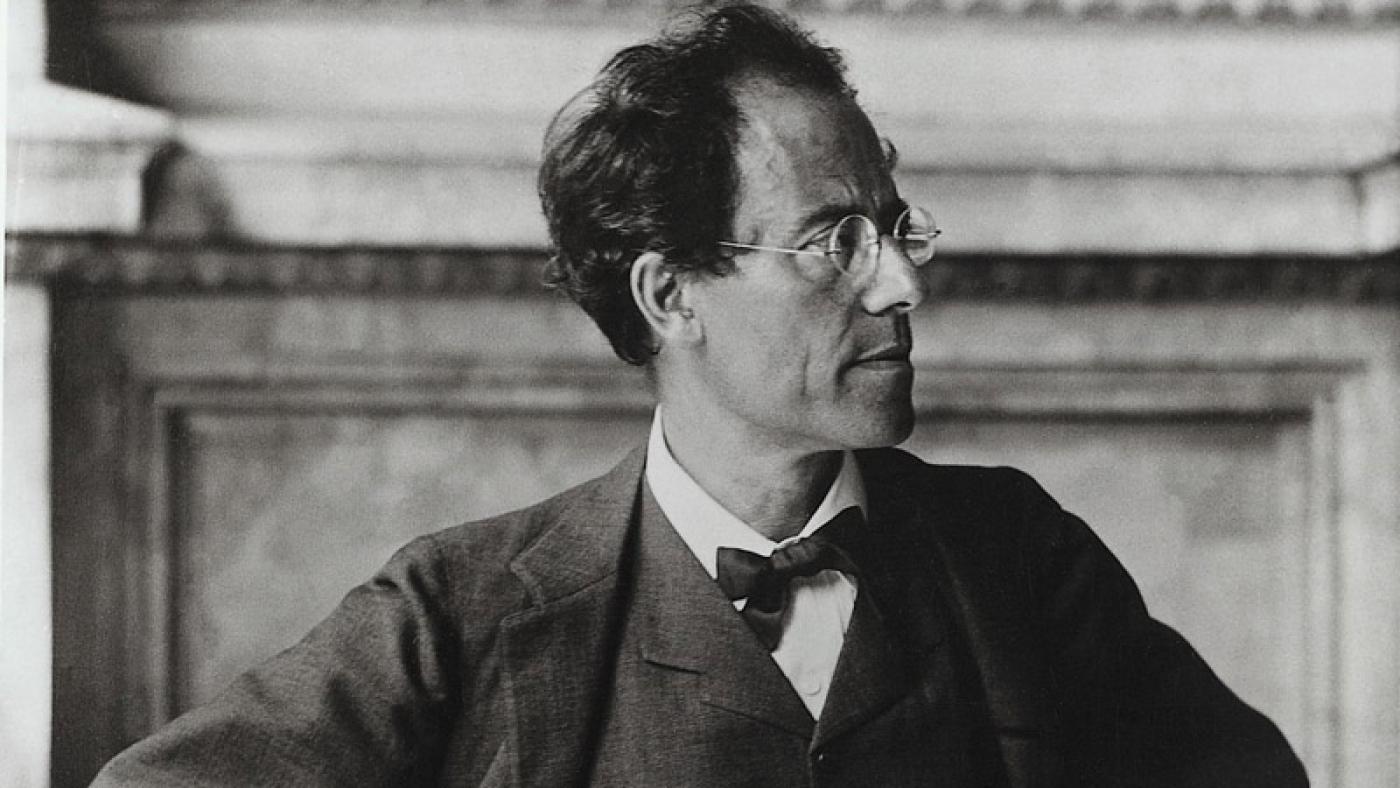National Symphony Orchestra Music Director Gianandrea Noseda very kindly took a few moments from his busy schedule conducting Wagner’s Ring cycle at the Zurich Opera (where he is General Music Director) to give us his take on Mahler’s 7th Symphony in which he’ll be conducting the NSO the week of May 30 at the Kennedy Center.
“The Symphony No.7 is a symphony in 5 movements, but I think that they are conceived to be played in three chunks. So, the 1st movement, the 3 inner movements all together, and the 5th movement, the finale. The first movement starts with a slow introduction and is very complex, a very expanded sonata form with the idea of a spiral going upwards. When the first thematic line comes back, it is always slightly different and there are several different moments in terms of emotional power. The three inner movements are the reason why the symphony is called “The Song of the Night,” because the 2nd and 4th are nocturnes, and in the fourth one there is also use of mandolin and guitar like a nocturne or serenade. And in the 3rd movement between the 2 nocturnes there is a scherzo, very devilish, very, very disturbing—it's called in German “Schattenhaft”-- so, ghostly, ... like shadows. It’s a very quick movement, this scherzo.
And the finale on the contrary, is probably the most joyful music composed by Mahler. So, there are many different aspects to consider in conducting the symphony. That's why I think it was the one symphony among all the 9th symphonies and the adagio of the 10th that was particularly loved by Alban Berg and Arnold Schoenberg, because it’s still connected with the past, but it has incredible moments of new ideas and new orchestration, as I said, with guitar and mandolin.”
Indeed, in a letter to Mahler, Schoenberg claimed that the symphony gave him “extraordinary pleasure.”
Some hints from Mahler tell us that the 2nd movement (the first Night Music) was inspired by Rembrandt’s “Night Watch” painting of 1642, and that the final movement represented “broad daylight.”
The 7th was written over the summers of 1904 and 1905. He wrote the two Nachtmusik movements during the first summer and thought he would later fashion them into a symphony. He tried this during his 1905 summer vacation but was frustrated by a bad case of writer’s block. Coming back home from an excursion to the Dolomites, he was rowed across a lake and was suddenly inspired by the sound of the boat’s oars hitting the water. “At the first stroke of the oars,” he explained to his wife, “the theme (or rather the rhythm and character of the introduction to the first movement came into my head—and in four weeks, the first, third, and fifth movements were finished.” The revision process was painful, and the premiere didn’t take place until 3 years later. Audiences and critics weren’t sure what to think of this unusual symphony, except for Arnold Schoenberg, who wrote him: “I am now really and entirely yours.”
In his book Beauty and Sadness: Mahler’s 11 Symphonies, David Vernon shares this wonderful description of Mahler’s genius: “As an architect, Mahler is exceptional; as a storyteller and philosopher, he is superlative; as a musical anthropophagus, Mahler is magnificent, devouring the sights, sounds, emotions and ideas of everything around him and turning them into his own symphonic tissue.” Mahler famously once told Sibelius that “a symphony must be like an entire world—it should contain everything”-- and the world of the seventh contains everything to set us on a what David Vernon calls a “thrilling modern journey into mystery, clarity, colour, rhythmic diversity, the riddles of invention and all the impossible shades of black: from onyx, liquorice and charcoal to olive and outer space.”
A Conversation with Gianandrea Noseda
WETA Passport
Stream tens of thousands of hours of your PBS and local favorites with WETA Passport whenever and wherever you want. Catch up on a single episode or binge-watch full seasons before they air on TV.

